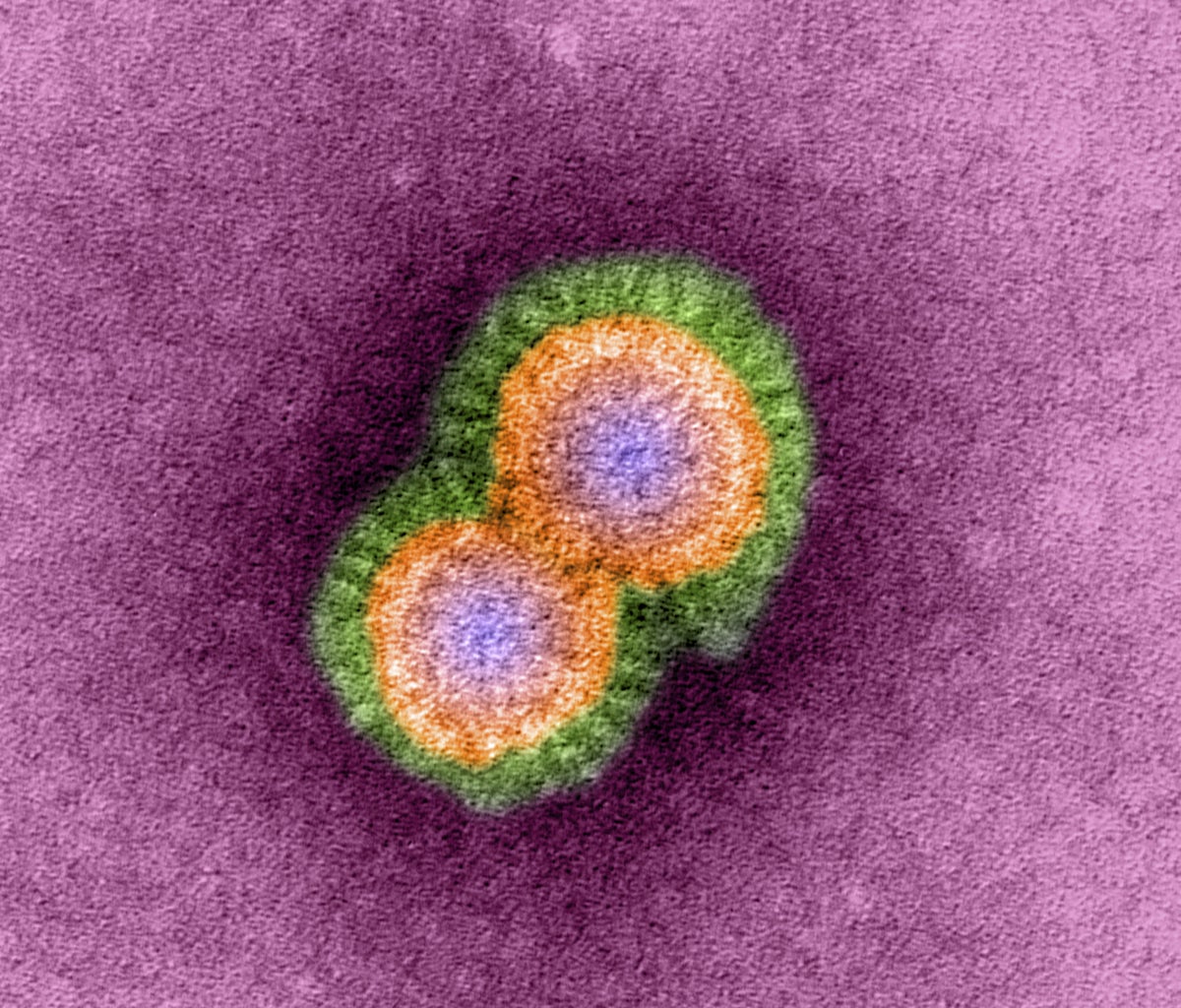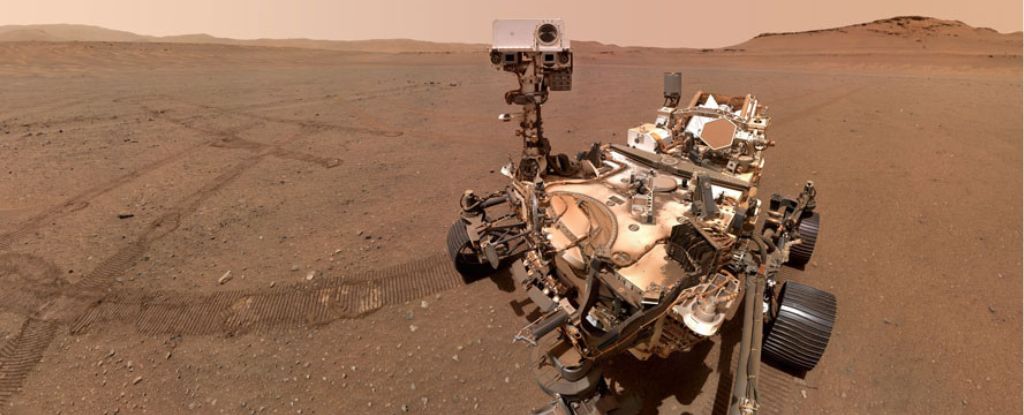An American-led research team has developed a new way to sequester more carbon dioxide at the bottom of the ocean. The technique leverages the ravenous appetite of microscopic zooplankton and their propensity to defecate at depth.
Zooplankton are part of the biological carbon pump, the ocean’s natural cycle for removing carbon dioxide from the atmosphere and storing it in the deep ocean.
Enhancing the biological carbon pump is an appealing mitigation strategy for climate change as small changes to the pump can substantially reduce atmospheric CO2.
The new method works by altering the food chains that emerge following algal blooms, which can cover hundreds of square kilometres of ocean surface.
These blooms temporarily convert large amounts of atmospheric CO2 into organic particulates. But usually surface marine bacteria break these particulates down, releasing most of the carbon back into the atmosphere.
The researchers’ key insight is to spray clay dust over algal blooms. This unusual tactic works because the dust binds to the carbon-rich organic particulates and becomes just right for zooplankton to consume.
“This particulate material is what these little guys are designed to eat,” says lead author Mukul Sharma of Dartmouth. “Our experiments showed they cannot tell if it’s clay and phytoplankton or only phytoplankton—they just eat it.”
Zooplankton complete a daily vertical migration which means, “when they poop it out, they are hundreds of meters below the surface and the carbon is, too,” says Sharma.
Further laboratory experiments confirmed that the tiny clay-laden poops continue to sink after defecation.
If the clay particulates aren’t eaten, they still sink and even stick to more organic carbon, contributing to the ‘marine snow’ that showers the ocean floor. Once sunk, the carbon-rich particulates can be stored for hundreds to thousands of years.
Sharma and colleagues calculated that the clay dust contributed to capturing as much as 50% of the carbon stored by the algal blooms.
“The novelty of our method is using clay to make the biological pump more efficient,” says Sharma. “We’re creating marine snow that can bury carbon at a much greater speed.”
Sharma plans to field-test the method by spraying clay on algal blooms off the coast of Southern California with a crop-dusting airplane. He also plans to place sensors at various depths to measure how different species of zooplankton consume the carbon-rich clayey particulates.
“It is very important to find the right oceanographic setting to do this work. You cannot go around willy-nilly dumping clay everywhere,” says Sharma.
“We need to understand the efficiency first at different depths so we can understand the best places to initiate this process before we put it to work,” he adds. “We are not there yet—we are at the beginning.”
The research is published in the journal Scientific Reports.








Leave a Comment